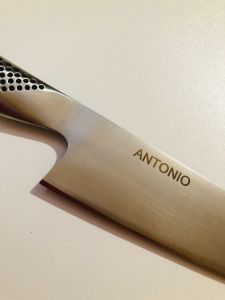Language
WORLDWIDE SHIPPING
Paring knife cm. 9 Tsubame Pakkawood line by Tamahagane
€125.00
€102.46
Availability:
In stock
Paring knife with blade length cm. 9 of the Tsubame Pakkawood Line, Tamahagane brand, is built by the Japanese company Kataoka from Niigata, Japan.
The small utility knife known as a paring knife gets its name from its function. Pairing is defined as cutting the outer surface and removing the ends from the fruit or vegetable. Used for preparing fruit or vegetables during meals, other functions include corer, precision peeling, seed removal and meat trimming. The paring knife is a short, lightweight blade with a pointed tip that is best suited for more delicate tasks for which the kitchen knife would be too large. The durable edge can accommodate heavier root vegetables or more skillful actions like peeling and chopping.
9 cm San Mai blade with VG-5 core with a hardness of 61 HRC, the external part is made of SUS410 steel with Rockwell Hardness 58.
There are three layers of steel that give strength and cut to the product.
The forged blade /Tsuchime/ is engraved and its surface creates a beautiful satin effect.
The elegant handle is made of stabilized pakka wood.
The construction of this sheet blade is achieved by compression of the two steels. The raw material of 3 layers of total thickness 20.0mm is brought to a thinner thickness of 2.0mm to 2.9mm with repeated rolling processes.
Model: Tamahagane Tsubame 3-layer steel
Type: Paring Knife
Blade length: 9 cm
Handle material: Brown Pakkawood
Blade: SAN MAI stainless steel 3 layers of VG5 - HRC61 (inside)
Delivery time: 5-7 days
FAQs

 IT
IT FR
FR
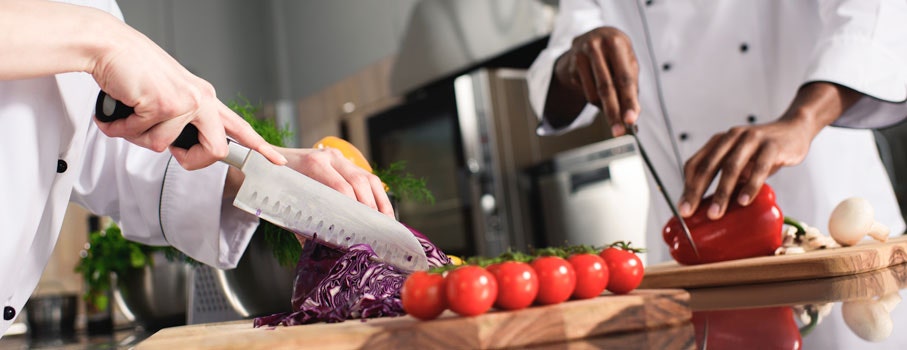
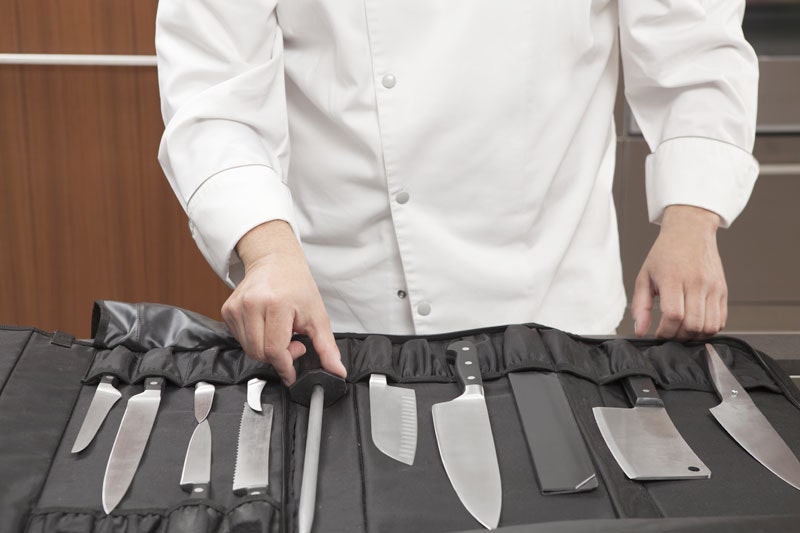
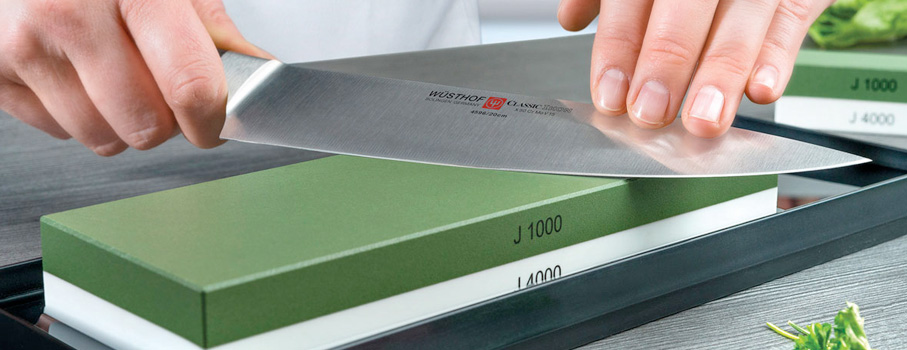
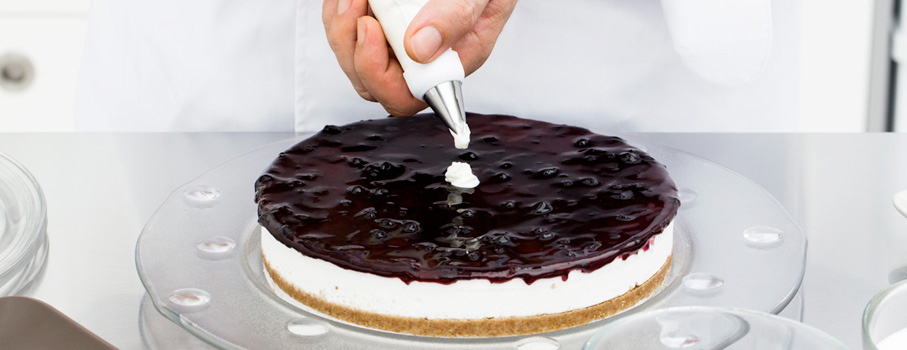

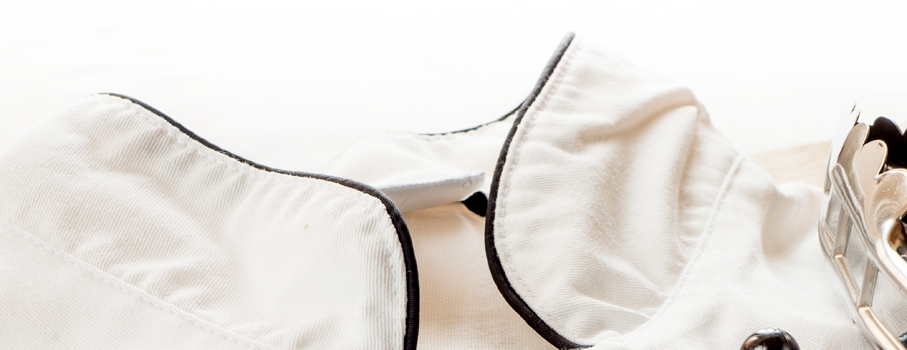
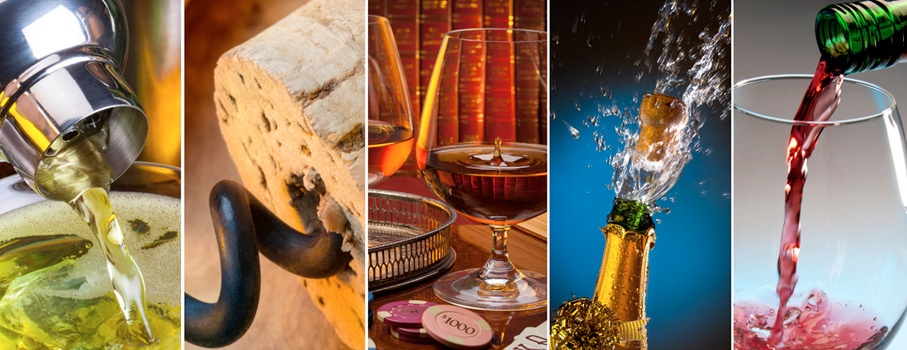
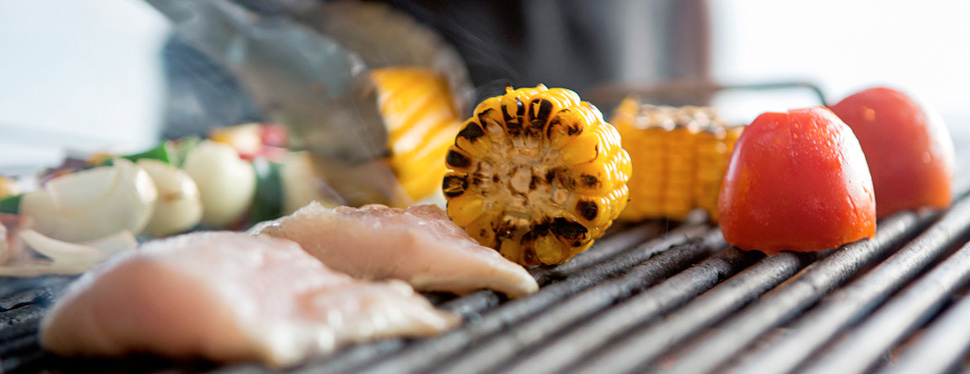

 IT
IT FR
FR
